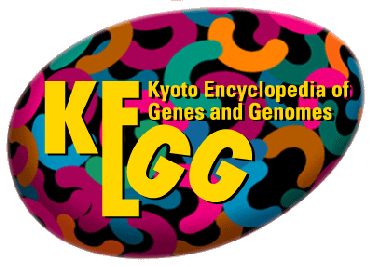Qian S, Lu L, Fu F, Li Y, Li W, Starzl TE, Fung JJ, Thomson AW
MHC-mismatched liver grafts are accepted spontaneously between many mouse strains. The underlying mechanism(s) is unclear. In the B10 (H2(b)) to C3H (H2(k)) strain combination used in this study, donor T cells within the liver were rapidly replaced within 2 to 4 days of transplantation with those of the recipient. Freshly isolated liver graft-infiltrating cells harvested on days 4 and 7 exhibited strong CTL responses against donor alloantigens. CTL activity was reduced substantially, however, by day 14, although levels of CTL precursors in the spleen and liver remained high. Examination of the liver allografts by in situ terminal deoxynucleotidyltransferase-catalyzed dUTP-digoxigenin nick end labeling on days 4, 7, and 14 after transplantation revealed prominent apoptotic cells dispersed throughout the nonparenchymal cell population. When acute liver allograft rejection was induced by administration of IL-2 from days 0 to 4 post-transplant (median survival time, 5 days), apoptotic activity (day 4) was reduced substantially, whereas CTL activity was enhanced. Nonparenchymal cells isolated from allografts of unmodified recipients 4, 7, and 14 days after transplantation exhibited significantly higher DNA fragmentation after 18-h culture than cells from liver isografts. Moreover, the level was 4 to 5 times higher than that of cells from IL-2-treated mice (on day 4). These observations suggest that T cell deletion, not regulation, may be responsible for spontaneous liver allograft acceptance. The molecular recognition events that cause apoptosis of infiltrating T cells and why this occurs within liver grafts, but not heart or skin grafts, remain to be elucidated.
15/05/1997
9144477
Journal of immunology (Baltimore, Md. : 1950) (
IF: 4.886 /
Quartile: 2)
WOS Cites: 261
SemanticScholar Cites: 314
SemanticScholar Citation Velocity: 0
SemanticScholar Influential Citation Count: 5






